In industrial processes, ensuring safety and preventing catastrophic failures are paramount. Safety Instrumented Systems (SIS) and their associated functions and assessments, such as Safety Instrumented Functions (SIF) and Safety Integrity Levels (SIL), play a critical role in managing and mitigating risk. Here, we’ll discuss these terms in detail, including the distinctions between them and their applications in various industrial scenarios.
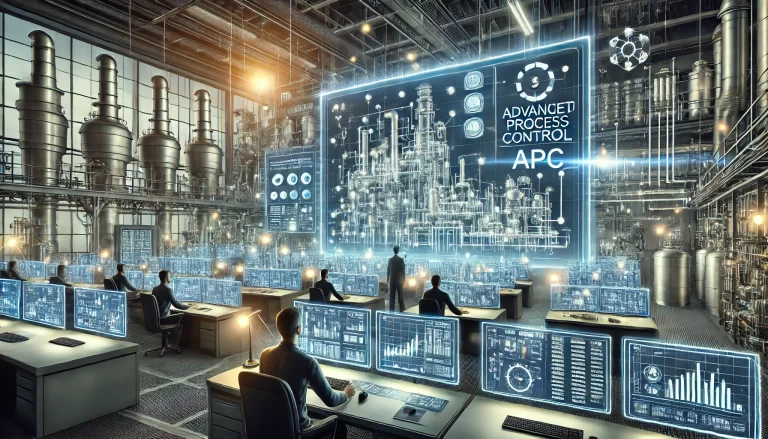
1. Safety Instrumented System (SIS)
- Definition: An SIS, or Safety Instrumented System, is an engineered set of hardware and software controls that monitor and respond to hazardous conditions in industrial processes. The primary purpose of an SIS is to prevent or mitigate incidents that could lead to severe consequences, such as explosions, fires, toxic releases, or equipment damage.
- Key Characteristics:
- An SIS consists of sensors, logic solvers (such as programmable logic controllers), and final control elements (e.g., valves or shutdown switches).
- It functions as an independent layer of protection, designed specifically to act when other control systems fail.
- Application Example: In a chemical processing plant, where certain processes can create volatile mixtures, an SIS might be used to monitor temperature and pressure. If these parameters exceed safe limits, the SIS would automatically initiate a shutdown sequence or release valves to vent pressure, preventing a possible explosion.
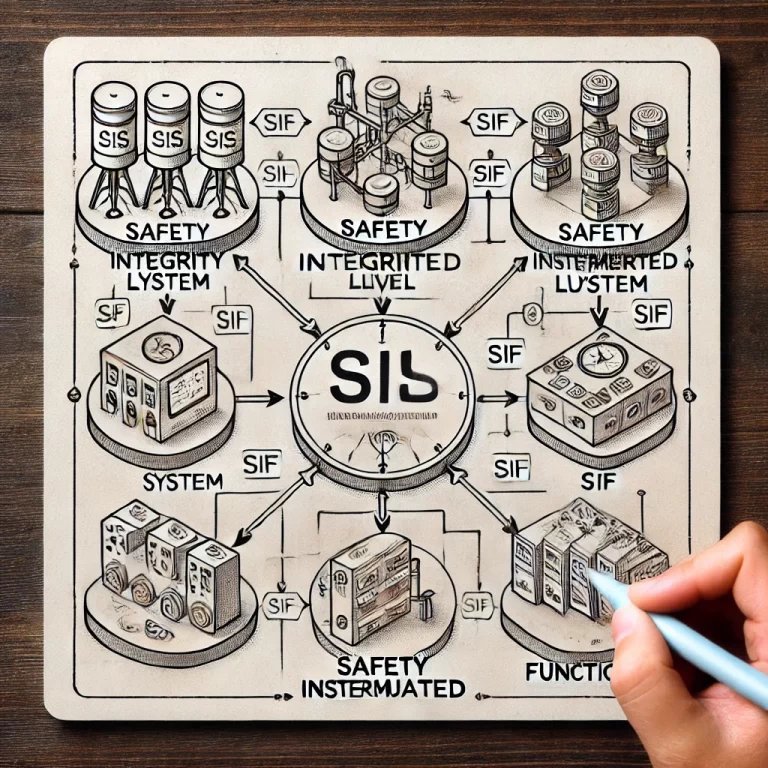
2. Safety Instrumented Function (SIF)
- Definition: A SIF, or Safety Instrumented Function, is a specific function within the SIS that executes a particular safety-related action. Each SIF within the SIS is designed to handle a specific risk or process variable, such as temperature, pressure, flow, or concentration of a chemical.
- Key Characteristics:
- A single SIS can contain multiple SIFs, each configured to address different aspects of safety.
- The reliability and effectiveness of a SIF are measured by its Safety Integrity Level (SIL), which denotes the probability of failure on demand.
- Application Example: In a refinery, a SIF might monitor pressure levels in a high-pressure distillation column. If the pressure exceeds a safe threshold, the SIF would trigger a pressure release valve or halt feed flows to prevent damage or rupture. Here, the SIF is performing the specific function of managing and controlling pressure, a critical factor in maintaining safety.
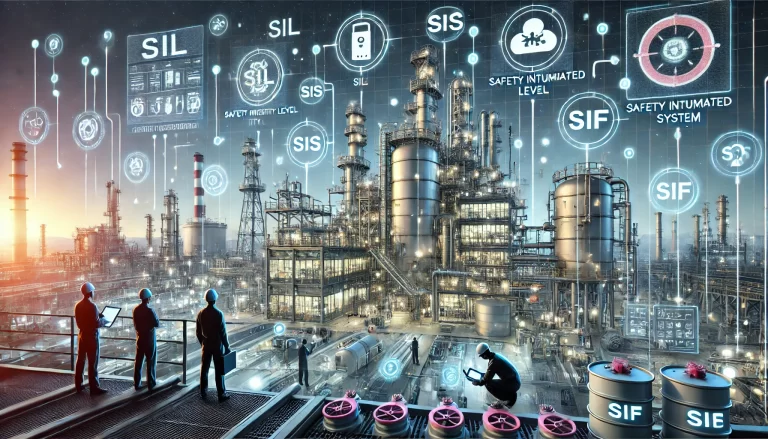
3. Safety Integrity Level (SIL)
- Definition: SIL, or Safety Integrity Level, is a standardized measure of a SIF’s reliability and effectiveness. It indicates the probability that the safety function will perform correctly upon demand. SIL levels range from SIL1 to SIL4, with each level representing an increase in reliability:
- SIL1: Basic safety integrity, generally reducing risk by a factor of 10.
- SIL2: Moderate safety integrity, reducing risk by a factor of 100.
- SIL3: High safety integrity, reducing risk by a factor of 1,000.
- SIL4: Extremely high safety integrity, reducing risk by a factor of 10,000.
- Key Characteristics:
- SIL levels are determined based on the risk associated with the process and the potential impact of a failure.
- Higher SIL levels require more redundancy, rigorous testing, and higher quality components to achieve the necessary reliability.
- Application Example: In the oil and gas industry, a SIL3-rated emergency shutdown system might be used to stop the flow of gas in a pipeline if a leak is detected. The high SIL rating reflects the critical need for reliability, as any failure in this function could lead to a catastrophic gas release, fire, or explosion.
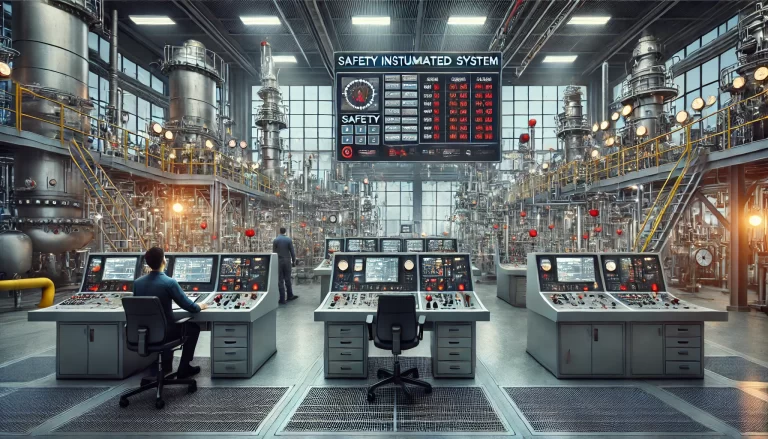
4. Safety Integrity Level Assessment (SILa)
- Definition: SILa, or Safety Integrity Level Assessment, refers to the process of evaluating and validating the necessary SIL level for a specific SIF based on the risk assessment of a system or process. This assessment determines the appropriate SIL level required to adequately mitigate identified risks.
- Key Characteristics:
- SILa involves a detailed risk assessment that considers the likelihood and potential impact of hazards.
- The assessment ensures that the safety functions have been appropriately designed, tested, and implemented to meet the required SIL level.
- Application Example: In a nuclear power plant, an SILa might be conducted to determine whether certain control systems need to meet SIL3 or SIL4 standards. This assessment is essential to ensure that safety mechanisms are sufficiently robust to prevent nuclear accidents, taking into account the potential consequences of failure.
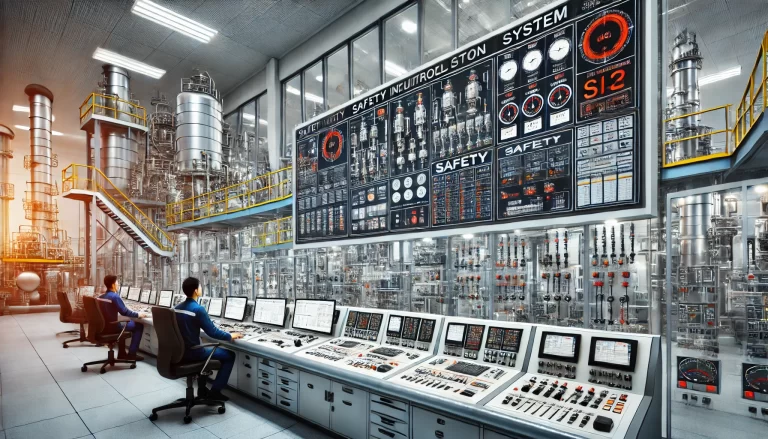
5. SIL0
- Definition: SIL0 indicates a function or system that does not meet the requirements for SIL1, the lowest recognized safety integrity level. In practice, SIL0 is assigned to systems or processes with very low or no safety requirements, meaning they are not intended to provide significant safety protection.
- Key Characteristics:
- SIL0 may apply to non-critical processes or equipment where the risk level is low, and additional layers of protection are not needed.
- A SIL0 rating does not necessarily mean a system is unsafe; it simply indicates that it does not require a high level of safety integrity.
- Application Example: In a low-risk setting, such as a water treatment facility, certain monitoring systems that track water levels but do not pose immediate safety risks might be classified as SIL0. Since the failure of these systems would not lead to catastrophic consequences, they do not require a high SIL rating.

Summary of Differences and Applications
In essence:
- SIS is the overarching safety system designed to manage and respond to hazardous events.
- SIF represents the specific, discrete functions within the SIS that perform safety actions.
- SIL is the measure of reliability required for each SIF, depending on the risk and consequences of failure.
- SILa is the assessment process used to determine and validate the necessary SIL level for each SIF.
- SIL0 indicates that a system does not require SIL certification, typically due to low risk.
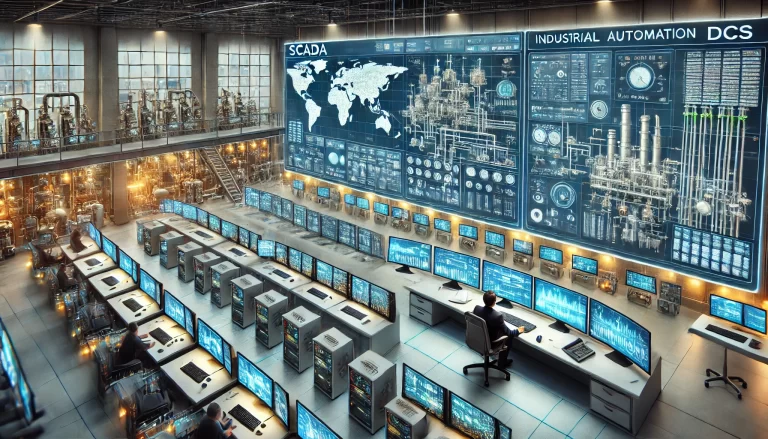
Practical Application in Industrial Safety Management
Consider a large petrochemical plant:
- An SIS might control the entire plant’s emergency shutdown system.
- Within that SIS, a SIF could monitor and control the temperature of a high-risk reaction vessel.
- Based on risk assessment, the SIF might require a SIL3 rating to ensure that it can reliably shut down the reaction if the temperature reaches unsafe levels.
- SILa would validate that SIL3 is indeed the correct requirement for this particular SIF, ensuring appropriate design and safeguards.
- Other non-critical sensors, like those tracking ambient temperature in safe zones, might be rated as SIL0 since they don’t impact safety-critical functions.

In summary, understanding and implementing SIS, SIF, SIL, SILa, and SIL0 is essential for industrial facilities that handle hazardous materials or operate under conditions that can endanger human lives or the environment. By applying these safety components correctly, facilities can maintain high safety standards, prevent accidents, and ensure that their operations comply with regulatory requirements.
